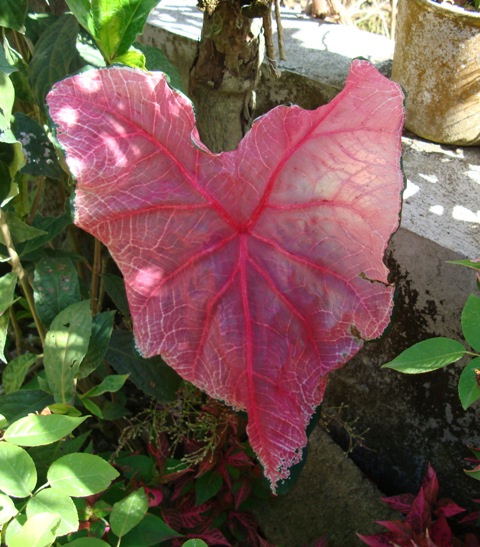I mentioned in the previous post that weeds are unwanted plants in the garden or in a plot of plants being tended. These include the grasses and the broadleaves, the former being monocots, while the latter being dicots. There are probably more dicot weeds scattered in the tropics than the monocots. And of course, their flowers are naturally more beautiful. A plant lover or a photographer cannot resist the temptation these broadleaf flowers offer. And the butterflies are also their frequent visitors.
Above looks like dandelion but i am not really sure of this. Dandelion has rounded head with yellow petals, but this one looks different. The two drooping unopened buds are immature flower heads, which just open with those white propagules when mature. One photo just called it local dandelion, meaning Philippine dandelion, which can be a misnomer. At the moment i will not call it anything. Meantime, I just want to show you its beauty here.
This is widely distributed in agricultural lands, but this is still NOID
This blue lily-like flower is about only 1.5cm in diameter, isn't it lovely? I exhausted google,
I can't see a look-alike! Sorry about that. (Thanks to
Kanak and
Randy Emmitt for ID of this as swamp dayflower or
Commelina spp.)
Ruellia tuberosa. The black pods at the right contain the seeds. Reference said it is host to at least 4 butterfly species, and is considered ornamental plant in some countries. However,
it is just a weed so prolific on our sidewalks and marginal areas.
Urena lobata locally called kulotan (many synonyms and sci names).The tiny delicate pink flower is 1.5cm in diameter. Reference said it has many medicinal properties and antioxidants (
Reference)
Mimosa pudica (correct name: M diplotricha) locally known as 'makahiya' because it shows shyness or folds inward when touched or shaken. It is a creeping perennial vine with thorns on the stem, and very invasive here in the country.
Maybe Linnaeus named it 'pudica' because it is Latin for 'bashful' or 'shrinking'.
Ipomoea turbinata synonimous to I. muricata or moonflower vine. It is said to have
medicinal and food uses in China and Sri Lanka (
Reference)
Tridax procumbens


Invasive shrub which turn viny with deep roots and very difficult to control,
unless the parts under the soil is also removed. It is Chromolaena odorata, or 'hagonoy' in local dialect.
These are the flowers of a wild species of Pachirrhizus, with beautiful purple pea-like structures.
It is vigouously viny and covers other shorter species. The very young pods are eaten by
some northern regions of the Philippines. The edible common yambean or
jicama, locally known as 'singkamas' is the Pachirrhizus erosus.
Tithonia diversifolia. This is a shrub reaching 1-3 meters when fully grown and about 3 inches flower diameter. A big patch of this plants in the contryside is a sight to behold, and will certainly lessen your travelling stresses on the road. The mountains in Baguio City is normally caped with these yellow blooms during the dry months. Its leaves and stems have strong botanical pesticidal properties.
I would like to post this in GBBD of Maydreams Garden as they are also blooming in the vicinity of my domestic garden, let's say they are blooming in the bigger country garden. The problem is when they enter my domestic garden!
























































